One of the most demanding tasks in antenna design is finding the suitable antenna type for the specific application. Optimal antenna placement is of highest importance as well as understanding the influence of the environment, such as nearby electronics and metal/plastic housings. Given an appropriate CAD model, we can optimize antennas in their real environment. When necessary, antenna diversity may be applied in order to improve wireless performance.
TES has experience in applying various diversity configurations.
Examples for DECT and WLAN antennas

60 GHz Antenna array
Using an original design of the wideband antenna element, a high gain 60 GHz PCB antenna array was designed. The design is scalable and allows easy PCB integration. Arrays of 2 elements can be easily obtained.
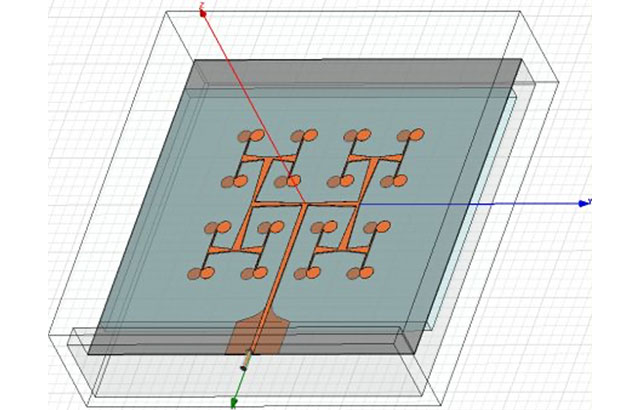



Optimizing 76 GHz car radar antenna
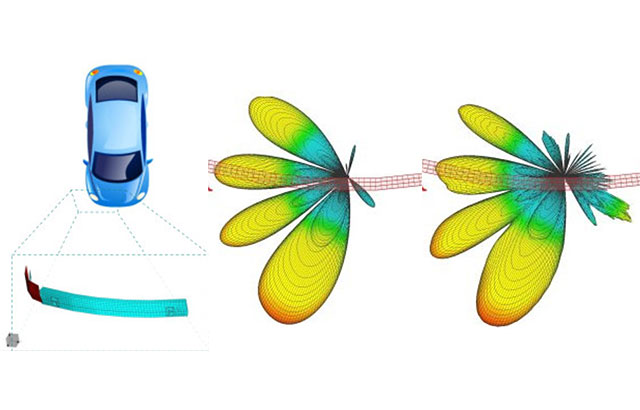
We made improvements of 76 GHz car radar sensor by designing.
- low reflection dielectric waveguide termination made from the non-absorbing material.
- low reflection, low radiation waveguide transitions (hollow metallic - opened dielectric).
- low radiation open waveguide shape (combined dielectric - metallic structure).
Wideband Antenna 6-10 GHz

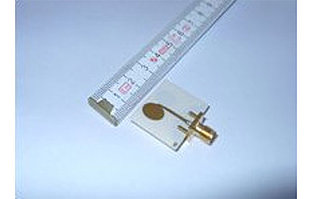
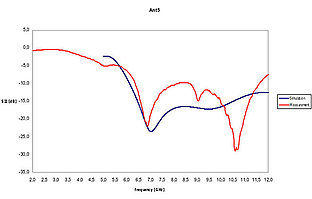
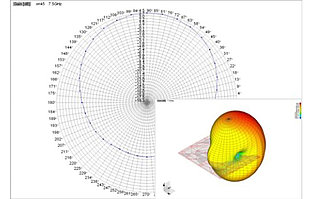
TES has many years of experience in designing broadband and UWB Antennas. These antennas are printed, compact low-cost antennas, broadband both in matching and gain. Below is shown UWB antenna design for frequency range 6-10 GHz.
Log-periodic antenna 400MHz - 1 GHz
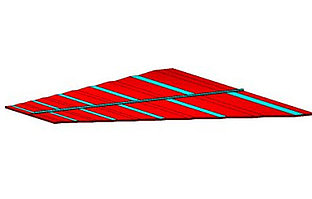
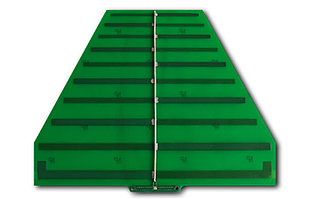
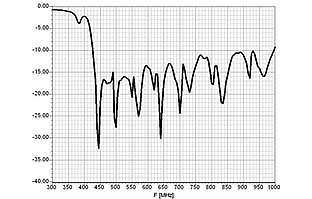
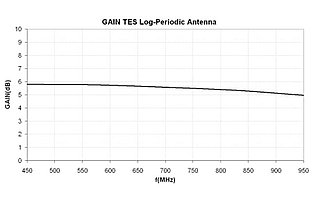
Compact log-periodic antenna 400 MHz – 1 GHz, smaller than similar antennas on the market.
The design is scalable.

